Memory is one of the most powerful tools we have to makes sense of the past in the present in order to transform our future. However, it can be used as a weapon both for and against peace-build- ing, especially when it is employed to flatten people and their differences as “good” vs “bad” to represent a worldview where grays and colors no longer ex- ist–only black and white. Currently, the number of countries moving towards authoritarianism outnum- ber those going towards pluralist democracies, and
the weaponisation of memory is one of the main strategies which are used to reduce the complexity of human experience, repress free speech, and re- strict protest. If we are to liberate memory’s emanci- patory potential, we must become aware of how monuments, memorials, speeches and culture are used against us to bind our societies into uni-dimen- sional forms of seeing others. In the spirit of my proj- ect, “The Dispersed Memorial”, this piece, “Memory is not Black & White”, aims to invite spectators visiting
the #WOD to intervene and reject a black-and-white worldview, peeling away pieces of these two colors away to reveal behind a message of infinite greys and colors. On this colorful background, I place the mes- sage “Memory is multidirectional”, taking after Mi- chael Rothberg’s important concept which aims to leave behind a competitive understanding of memory in favor of coexistence. In smaller text, the revealed layer reproduces an excerpt taken from the UN’s Report of the Special Rapporteur on the promo-
tion of truth, justice, reparation and guarantees of non-recurrence which warns against the perils of weaponized memory on social networks: the need to balance the right to information with the prohibition of incitation to hatred, the criminal responsibility of ideologues and propagandists, the responsibility of the media ad fake news, and the need for more media education to counter extremism.
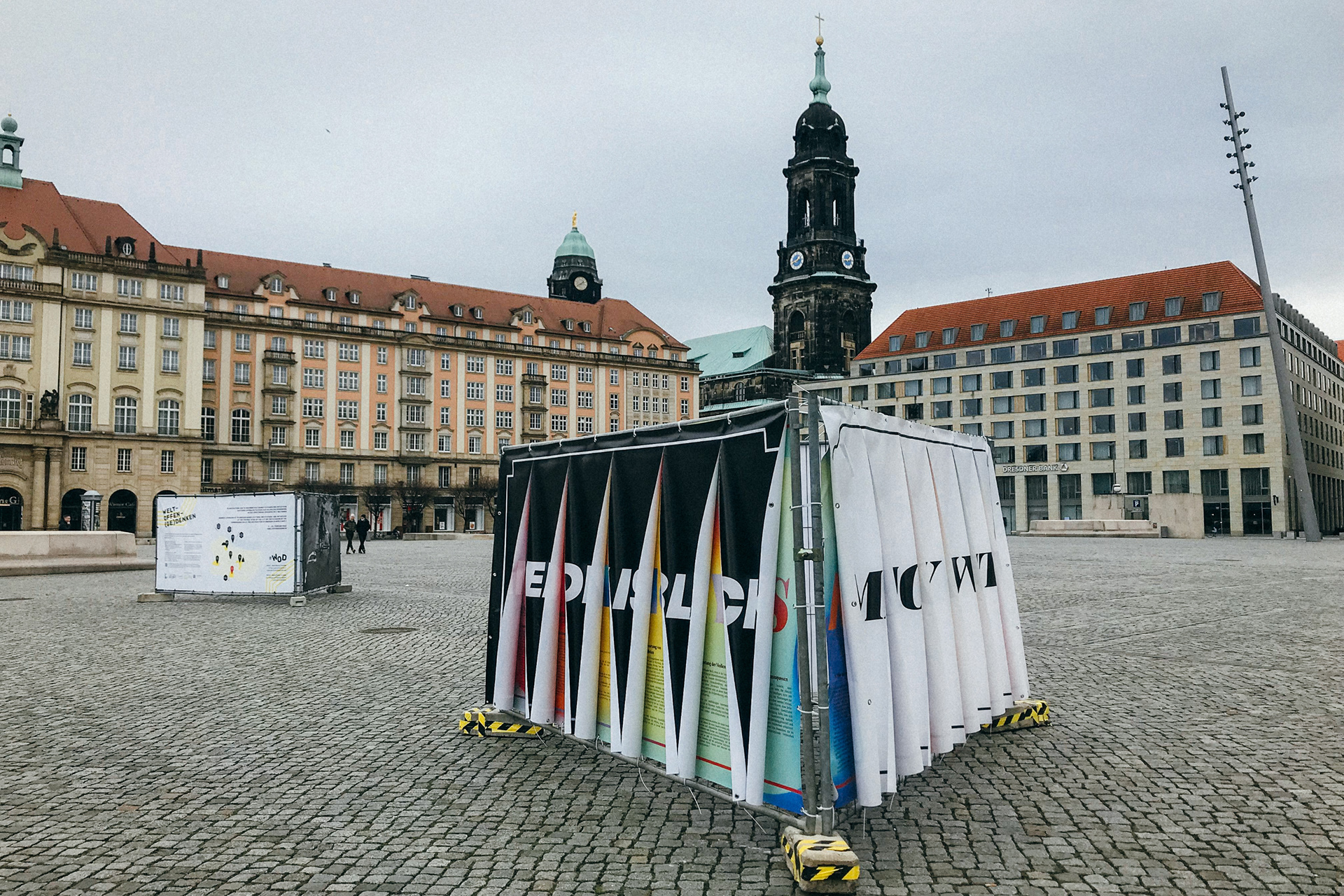

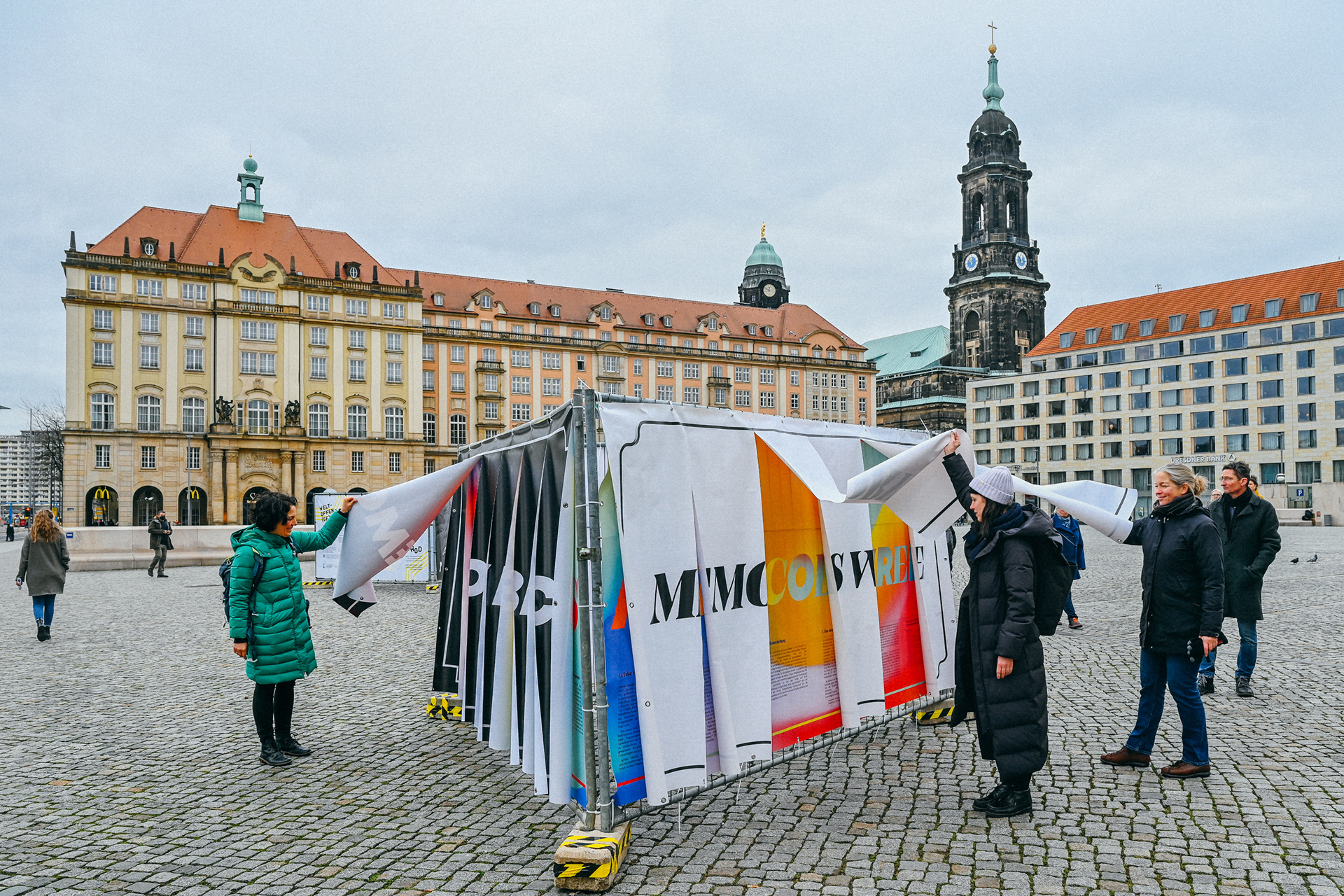
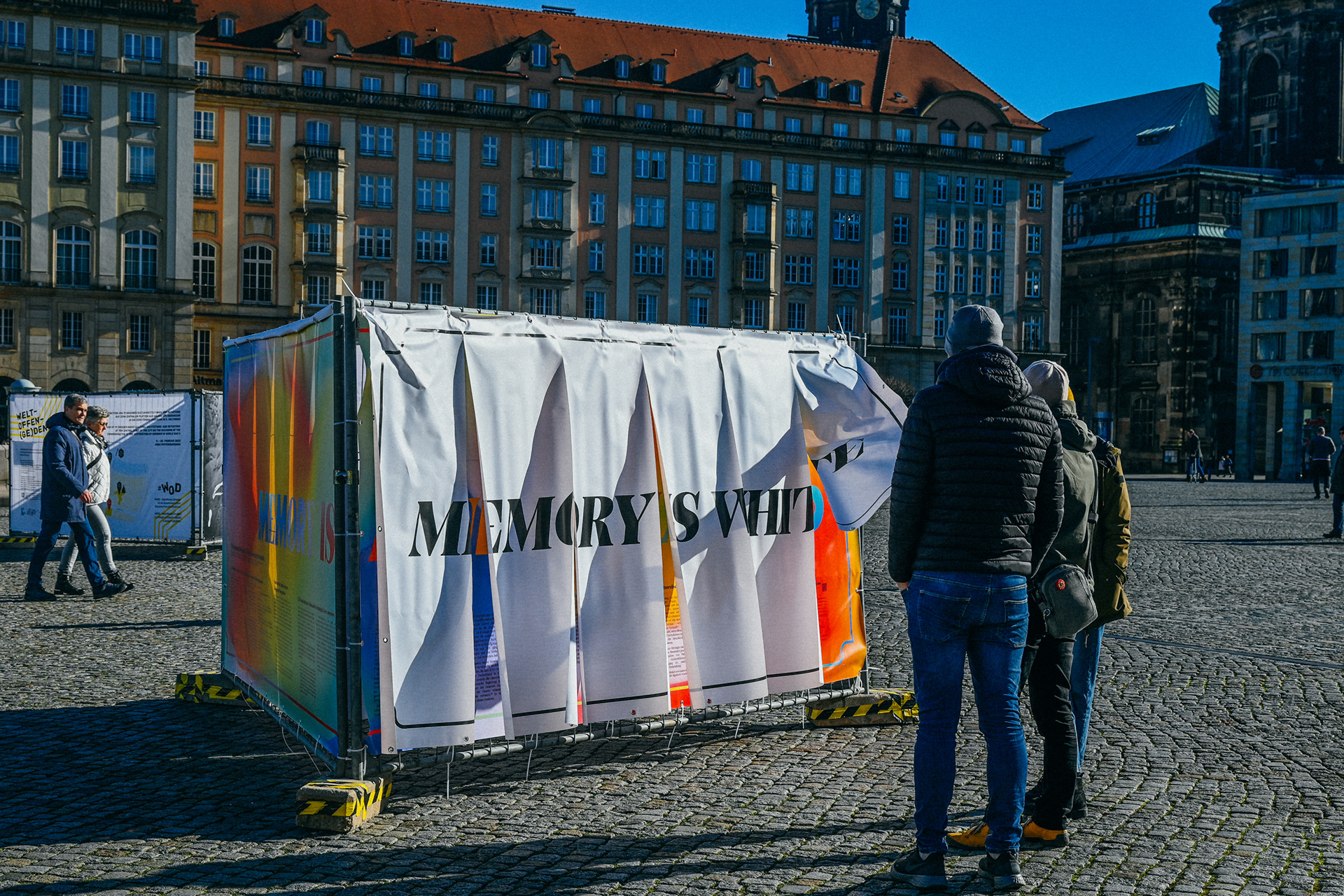
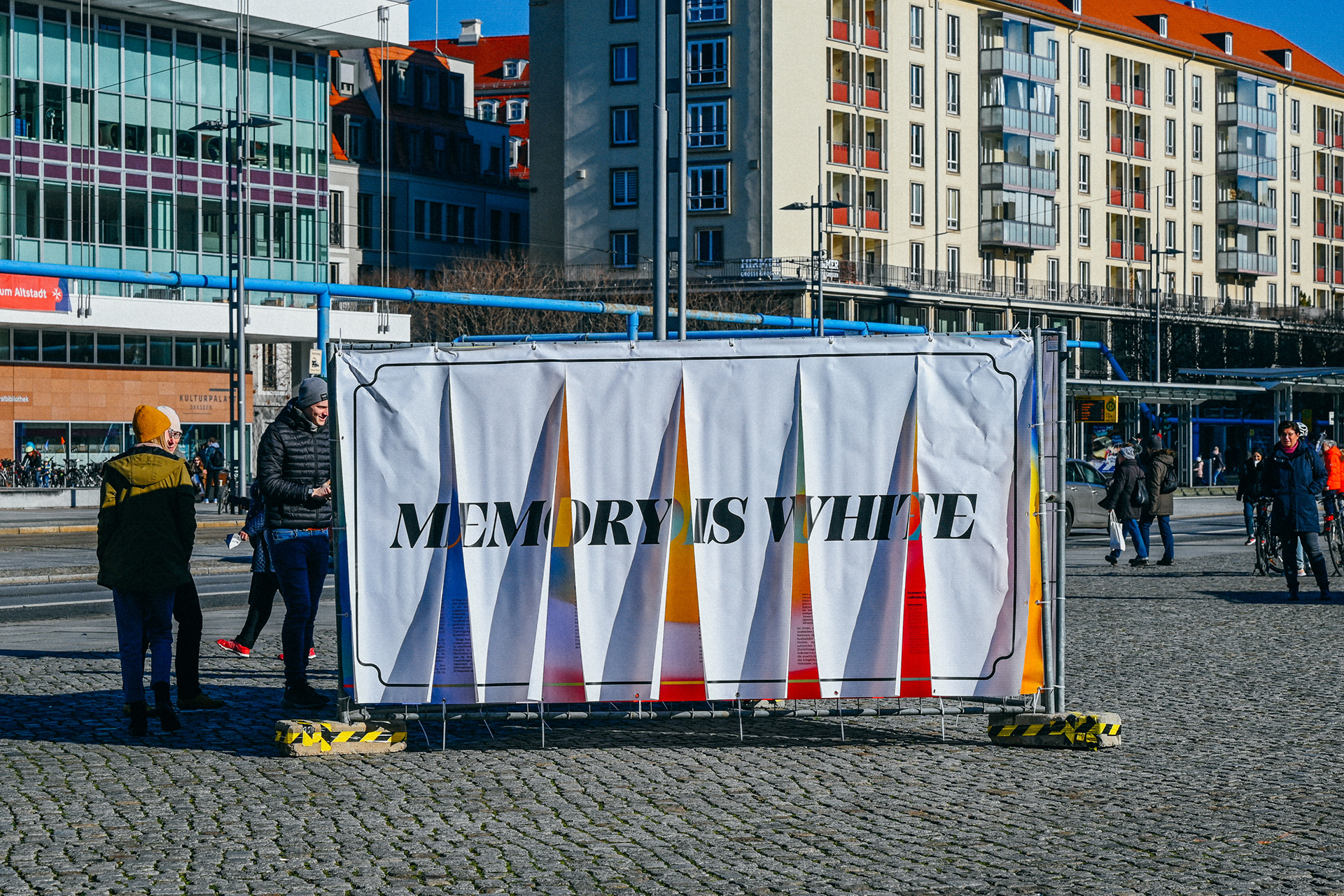
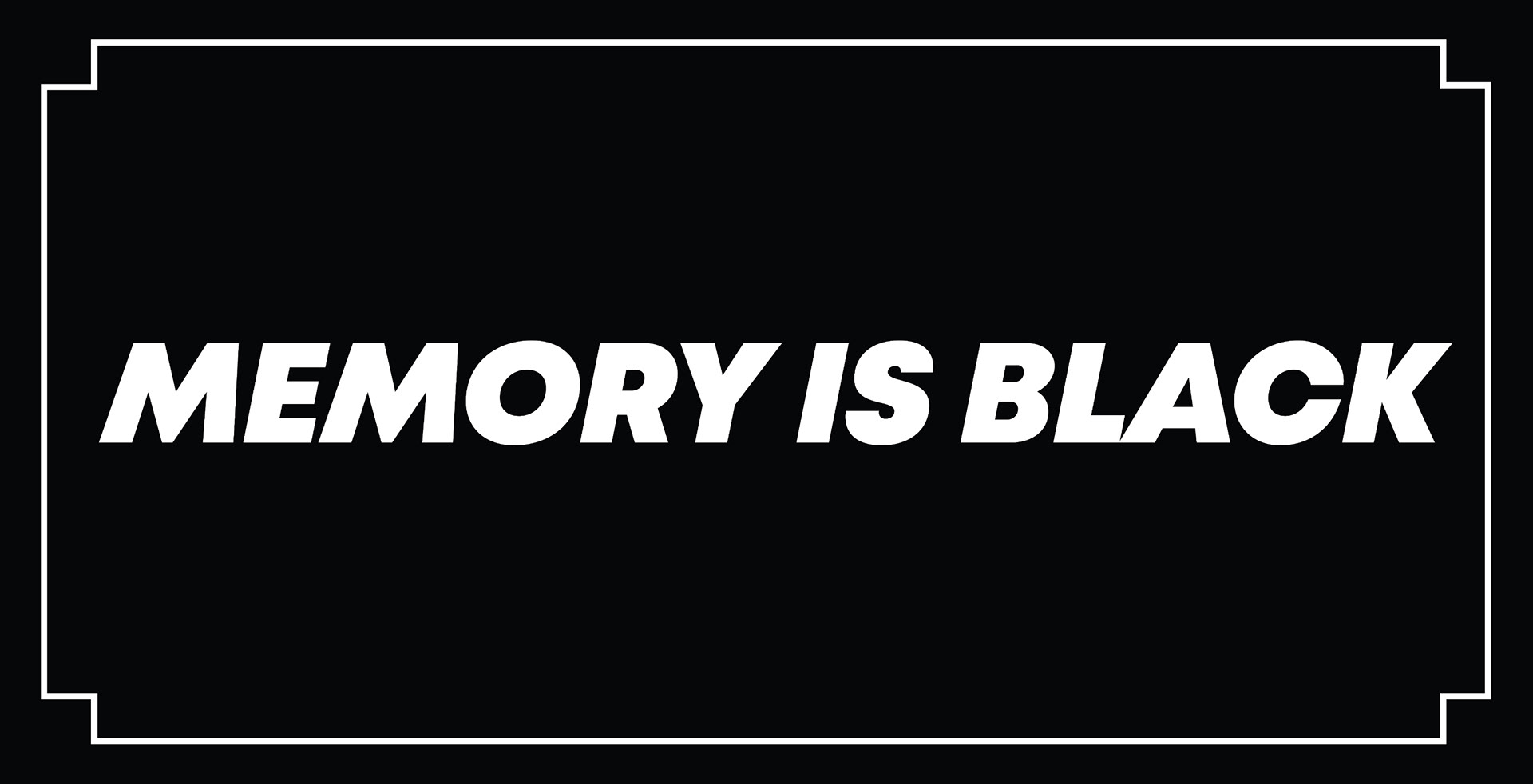


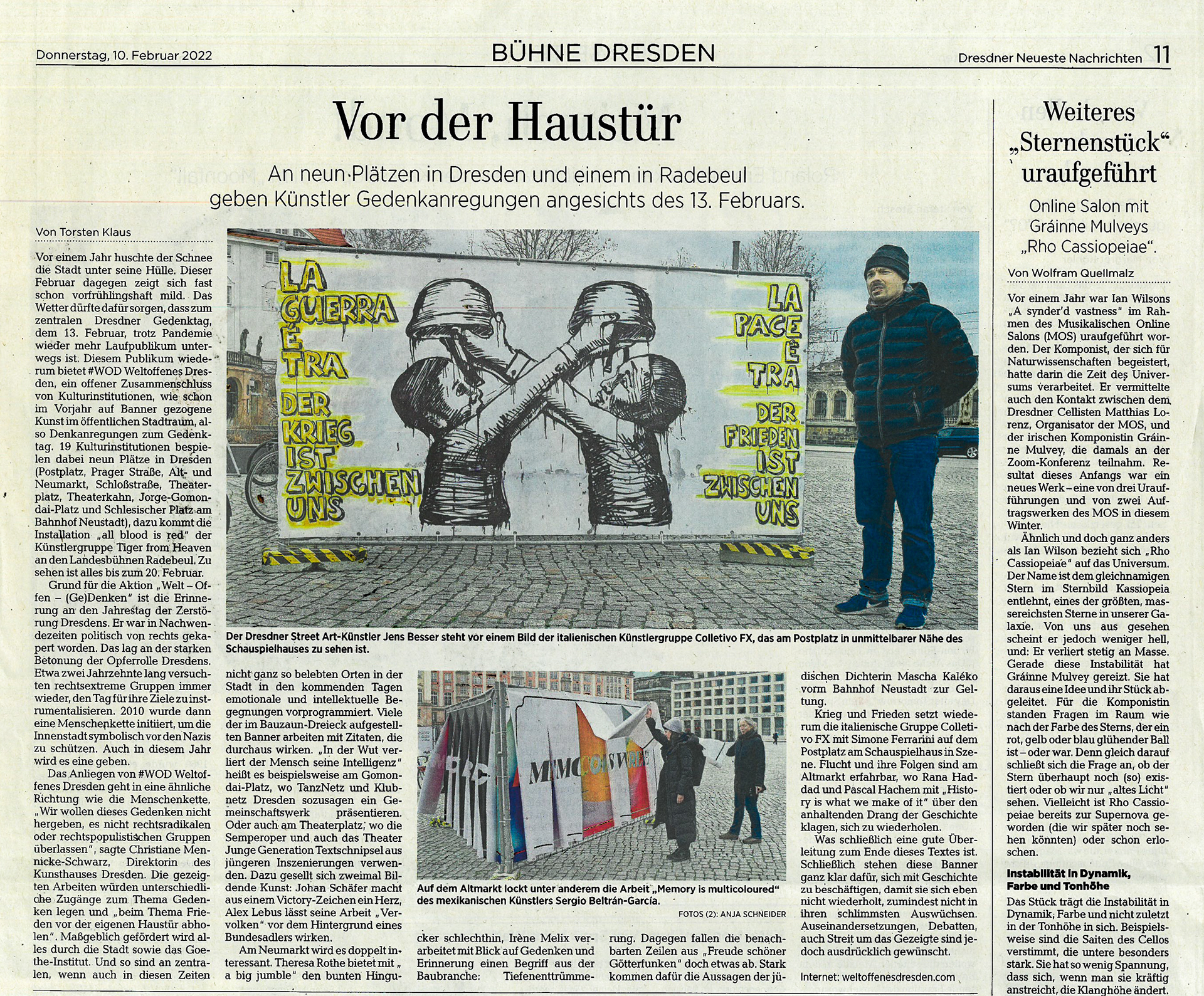

Made possible with the invitation of #WOD Dresden and the support of the Goethe-Institut Dresden

